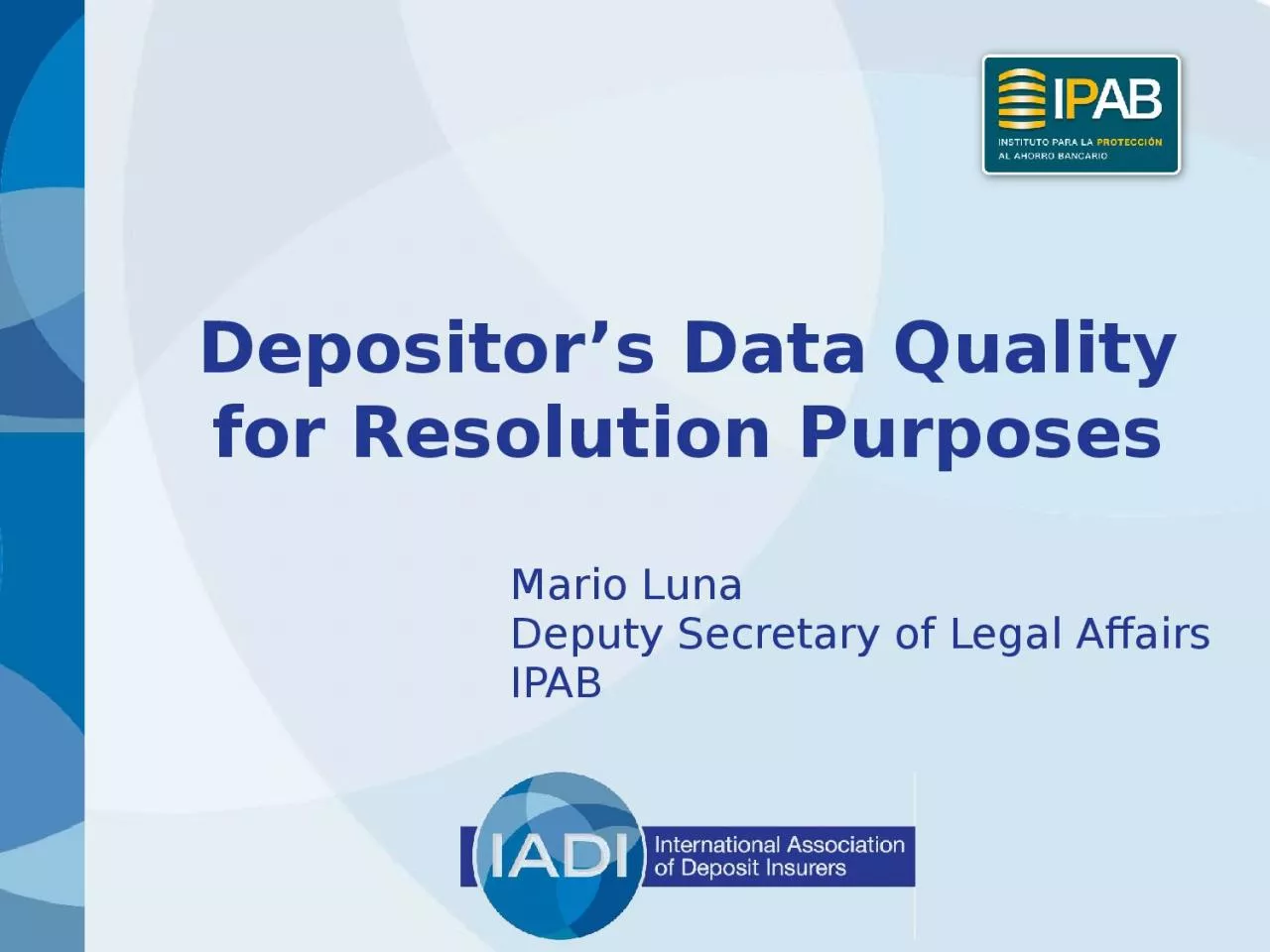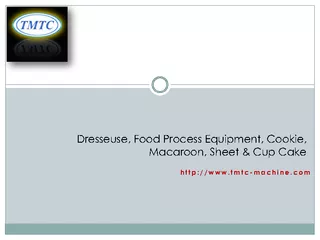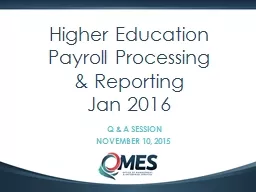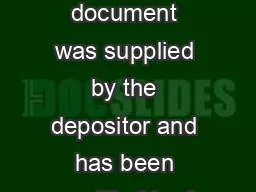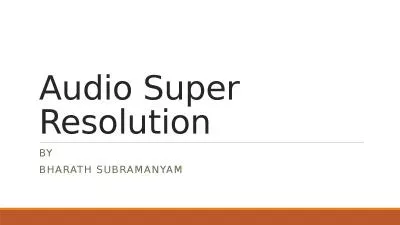PPT-Depositor’s Data Quality for Resolution Purposes
Author : brown | Published Date : 2023-11-07
Mario Luna Deputy Secretary of Legal Affairs IPAB 2 Introduction IPAB Overview Public agency Deposit insurer Resolution authority Member of the financial
Presentation Embed Code
Download Presentation
Download Presentation The PPT/PDF document "Depositor’s Data Quality for Resolutio..." is the property of its rightful owner. Permission is granted to download and print the materials on this website for personal, non-commercial use only, and to display it on your personal computer provided you do not modify the materials and that you retain all copyright notices contained in the materials. By downloading content from our website, you accept the terms of this agreement.
Depositor’s Data Quality for Resolution Purposes: Transcript
Download Rules Of Document
"Depositor’s Data Quality for Resolution Purposes"The content belongs to its owner. You may download and print it for personal use, without modification, and keep all copyright notices. By downloading, you agree to these terms.
Related Documents

